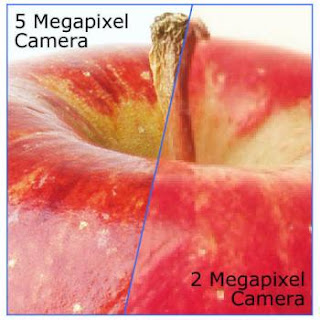 Carbon, Hydrogen and Oxygen – They are not minerals in origin. The elements are absorbed in the form of carbon dioxide and water. The three elements enter the composition of all types of organic compounds like carbohydrates, organic acids, amino acids, proteins, fats, enzymes, hormones, etc. In short they build up both the plants body as protoplasm.
Carbon, Hydrogen and Oxygen – They are not minerals in origin. The elements are absorbed in the form of carbon dioxide and water. The three elements enter the composition of all types of organic compounds like carbohydrates, organic acids, amino acids, proteins, fats, enzymes, hormones, etc. In short they build up both the plants body as protoplasm.Nitrogen – It is a constituent of amino acids, amides, proteins, enzymes, nucleic acid, and chlorophyll and alkaloids. As such it is essential for cell division full vegetative and reproductive growth, metabolism activities, photosynthesis, etc.
Phosphorus – It is a component of nucleic acids, phospholipids, some proteins, ATP, NAD, NADP, and some coenzymes. Being constitution of ATP, NAD and NADP, phosphorus takes part in energy transfer reactions. Phospholipids arc important constituent of cell membrance which control permeability. Hence it is required for the propthier metabolism, growth and development.
Sulphur – It is constituent of three amino acids (cysteine, cystine, and methionine), some B-vitamins (thiamine, biotin) and coenzymes. It is essential for synthesis of some proteins, enzymes, chlorophyll and nodule formation in legumes.
Potassium – Its intake a expulsion helps in the movement of stomata and other plants parts. Potassium maintains hydration turgidity and permeability of cells. It is essential for the functioning of several enzymes which take part in respiration photosynthesis, phosphorylation and synthesis of proteins, nucleic acids, starch, chlorophyll.
Magnesium – It is a component of chlorophyll. Magnesium is essential for fat synthesis, carbohydrate metabolism, phosphate transfer and binding of ribosomes.
Calcium – calcium is component of component of pectate present in middle lamella. It is activator of several enzymes of fat metabolism, krebs cycle, carbohydrate transport amylase and chromosome formation. Calcium prevents toxicity of metallic ions and oxalic acids.
Iron – It is a constituent of cytochromcs, ferredoxin, nitrogenase and many other enzymes. Iron is essential for the synthesis of proteins. Development of chloroplasts and their pigments (chlorophyll, carotenoids). It takes part in electrons transfer in both photosynthesis and respiration.
Manganese – It is an activator of several enzymes which take part in oxidation, reduction and de-carboxyiation. Manganese is also required for photolysis of water and evolution of oxygen during photosynthesis.
Zinc – Zinc is component and specific activator of several enzymes. It is essential for evolution and utilization of carbon dioxide. Zinc is requited for synthesis of auxin, protein and RNA.
Boron – It is essential for transport of substance in phloem, synthesis of pectins, proteins and nucleic acids and formation of root nodules in legumes. Boron enhances water and calcium absorption.
Copper – It is a component of several enzymes which take part in oxidation, carboxylation and transfer of electrons from photosynthesis one to two (as plastocyanln)
Molybdenum – It is essential for nitrogen fixation, nitrate reduction, ascorbic acid synthesis and functioning of same dehydrogenases.
Chloride – It is essential for evolution of oxygen during photosynthesis.

No comments:
Post a Comment